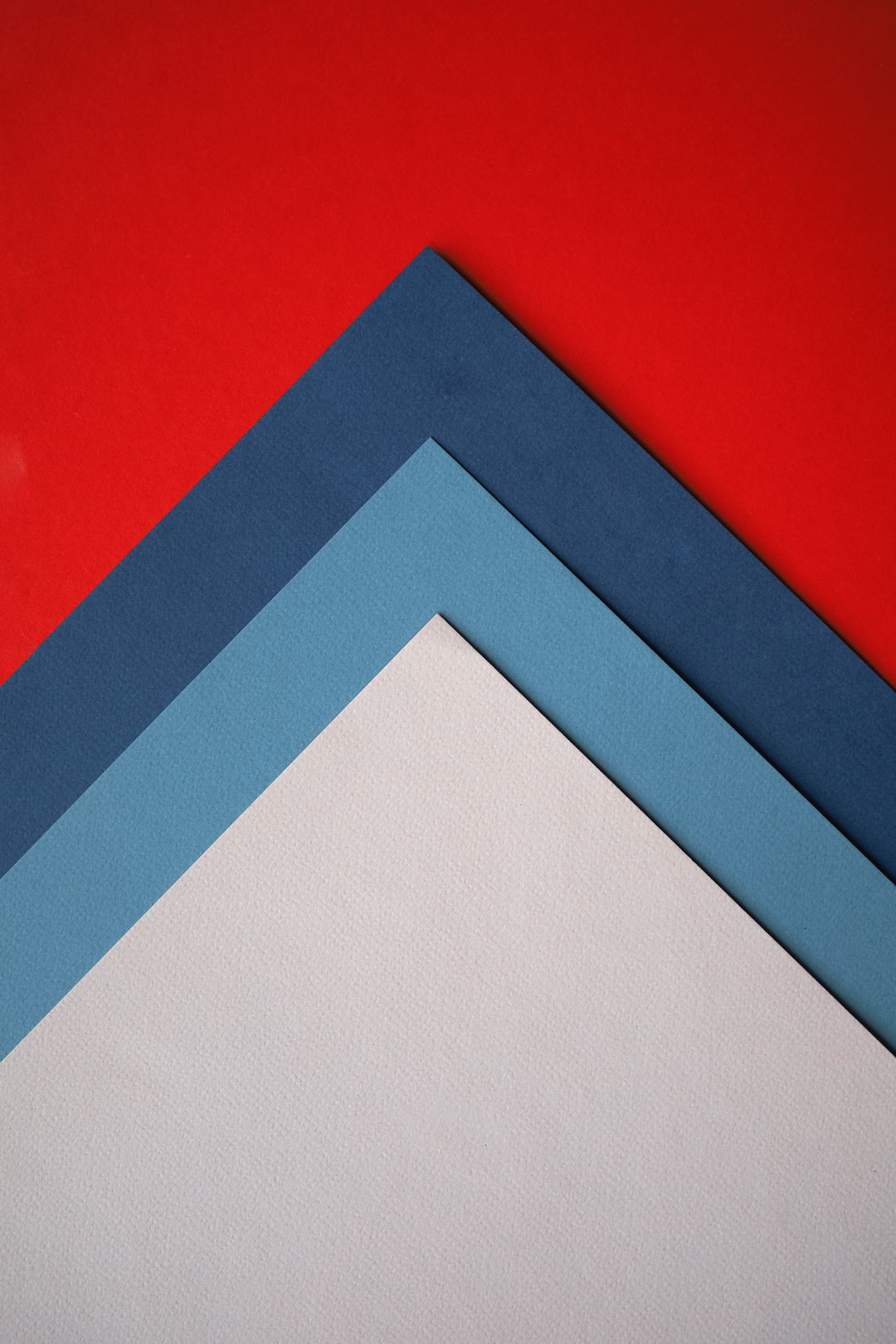Typography is an essential element in design that is often overlooked or underestimated. It has the power to evoke emotions, convey messages, and capture attention. From advertising to branding, typography plays a vital role in creating effective designs that leave a lasting impression.
One of the primary functions of typography is to communicate the message effectively. The right typeface can enhance the content and make it more readable and engaging. For example, a bold and modern font might be more suitable for a tech company, while a delicate and elegant typeface could be used for a high-end fashion brand. Typography sets the tone and personality of a design, making it crucial in creating a visual identity that reflects the brand’s values and target audience.
Typography also has the power to evoke emotions and create a unique user experience. Different fonts have distinct personalities and can convey specific emotions. For instance, a handwritten font might evoke nostalgia and warmth, while a clean and geometric sans-serif font can create a sense of professionalism and efficiency. By carefully selecting and pairing typefaces, designers can create an emotional connection with the viewer and enhance the overall user experience.
Furthermore, typography plays a significant role in capturing attention. It is often the first thing that catches the eye in any design. Just like a well-designed logo, an impactful typeface can make the difference between someone stopping to read the content or moving on to something else. By using attention-grabbing typography, designers can make their designs stand out and leave a memorable impression on the viewer.
Typography is not just about choosing a typeface; it also involves proper use of hierarchy, spacing, and alignment. These elements guide the reader’s eye and create a visual hierarchy that directs the flow of information. By using different font sizes, weights, and colors, designers can prioritize important information and create a structured layout that enhances the overall readability.
Additionally, typography is essential for accessibility. People with visual impairments or reading difficulties rely on clear and well-designed typography to access information. By using appropriate font sizes and ensuring sufficient contrast between the text and the background, designers can create accessible designs that are inclusive to everyone.
In conclusion, typography is a powerful tool in design that goes beyond choosing a beautiful typeface. It has the ability to communicate messages effectively, evoke emotions, capture attention, and create an impactful user experience. By understanding the power of typography and incorporating it thoughtfully into designs, designers can create visually stunning, memorable, and functional experiences for their audience.
